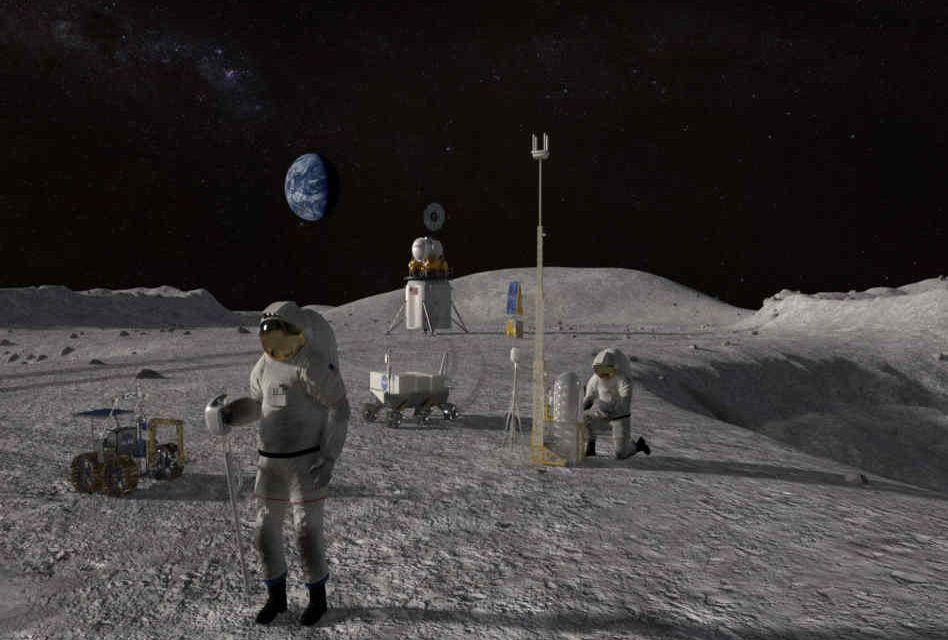NASA has announced that it plans to land the first female ever on the moon in 2024. According to NASA, it has been 45 years since U.S. astronauts set foot on the moon, but the upcoming Artemis mission aims to establish a sustainable human presence on the Moon by 2028 with the “first woman and the next man,” greeting the lunar surface. When they land, American astronauts will step foot where no human has ever been before: the Moon’s South Pole.
Working with U.S. companies and international partners, NASA will push the boundaries of human exploration forward to the Moon for this program. As a result of Artemis, NASA will be able to uncover new scientific discoveries, demonstrate new technological advancements, and lay the foundation for private companies to build a lunar economy.
The mission is named after the twin sister of Apollo in Greek mythology. Artemis will have humans explore the moon’s South Pole surface for the first time ever and lay the groundwork for human missions to Mars this century.
“It turns out that Apollo had a twin sister, Artemis. She happens to be the goddess of the moon,” said NASA Administrator Jim Bridenstine, referring to Greek mythology. “Our astronaut office is very diverse and highly qualified. I think it is very beautiful that 50 years after Apollo, the Artemis program will carry the next man — and the first woman — to the moon.”
NASA is building the new Orion spacecraft as well as the highly-advanced Space Launch System (SLS), which aims to propel heavier payloads off the Earth’s surface and send humans into space for longer durations than previously achieved. NASA will also build a small spaceship, Gateway, that will orbit the moon and enable easier access to and from Earth.
NASA shared in a promotional video the upcoming projects and NASA scientists explain that millions of tons of water-ice were discovered beneath the moon’s surface in 2009. NASA believes this ice can be removed by machines and converted into either drinking water or oxygen for astronauts. It is also believed that the ice can be separated from hydrogen and used as lunar surface rocket fuel.
While there had been previous calls by politicians for U.S. astronauts to return to the moon, NASA’s impetus to once again create a lunar presence with astronauts gained new traction under the Trump administration. President Trump added $1.6 billion to NASA’s $21 billion 2020 budget to kickstart plans to return humans to the moon, this past May.
“President Donald Trump has asked NASA to accelerate our plans to return to the Moon and to land humans on the surface again by 2024,” Bridenstine said in a statement. “We will go with innovative new technologies and systems to explore more locations across the surface than was ever thought possible. This time, when we go to the Moon, we will stay. And then we will use what we learn on the Moon to take the next giant leap — sending astronauts to Mars.”
Positively Osceola will be following the Artemis mission closely and updating readers as new information is released.
Sources and Photo Credit: www.nasa.gov




















